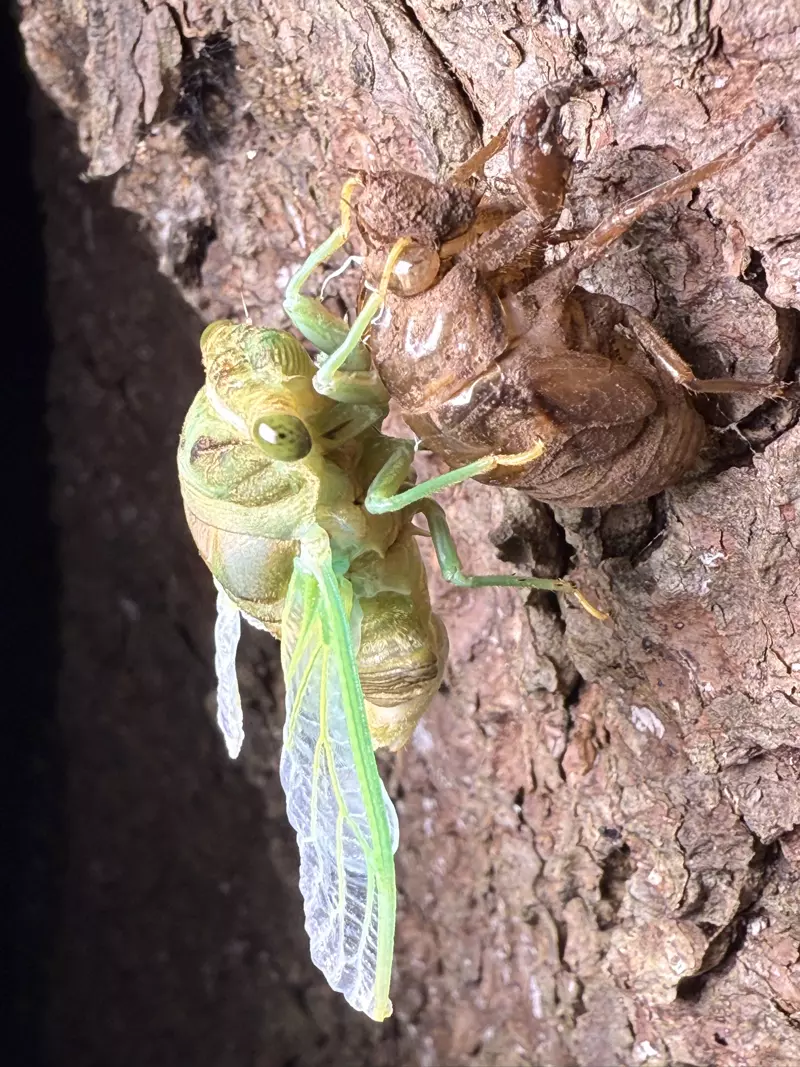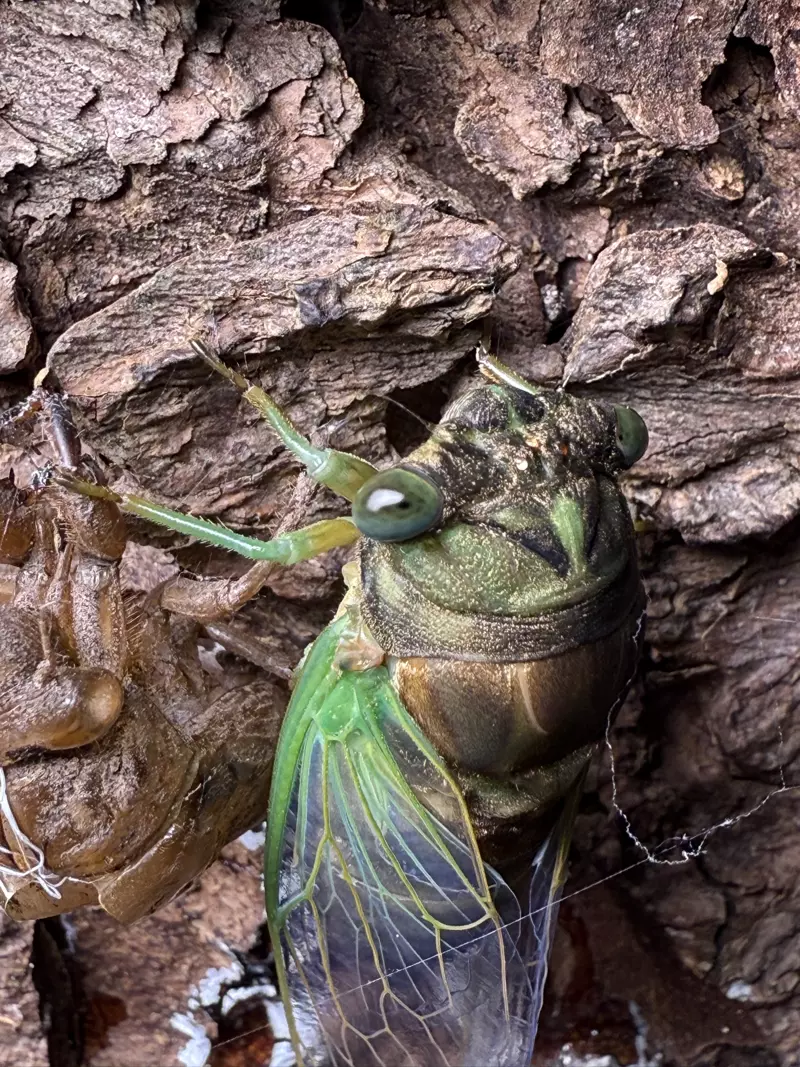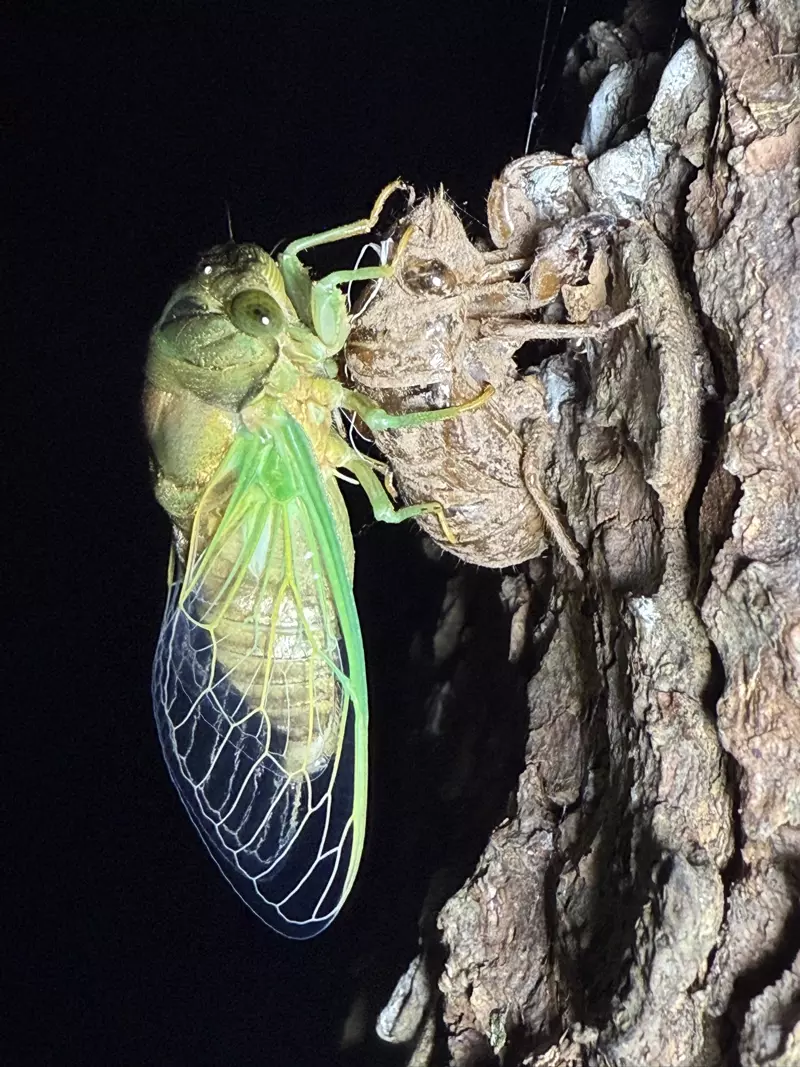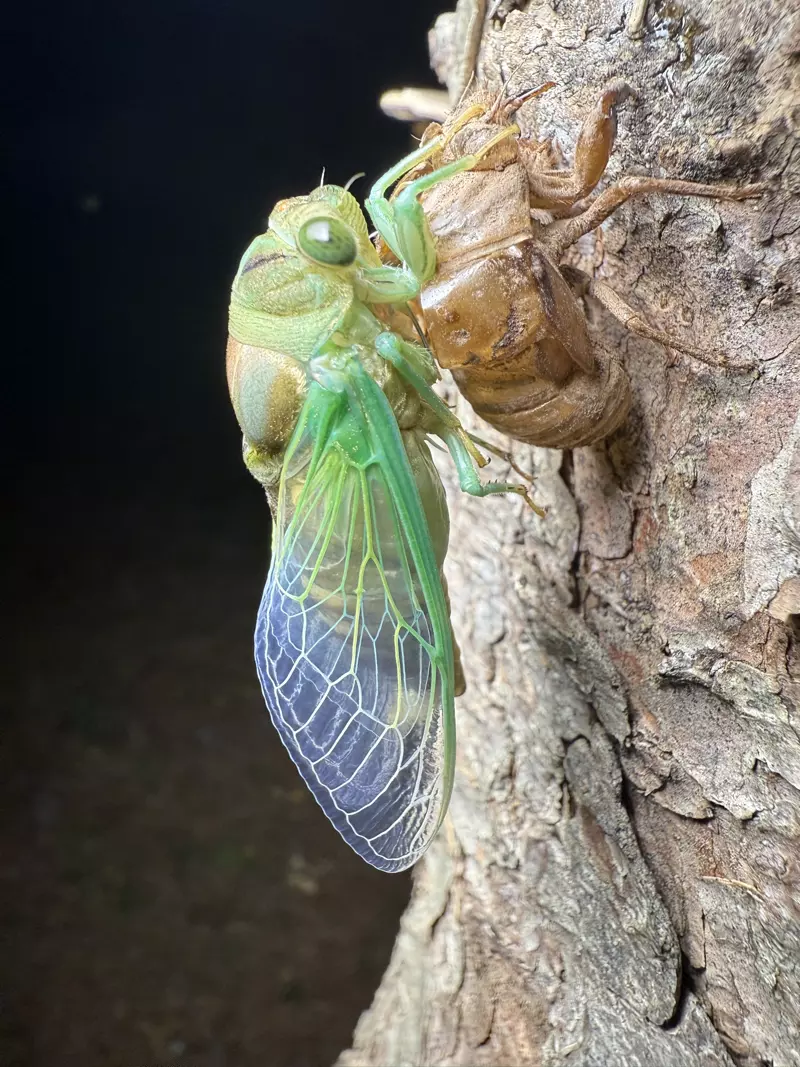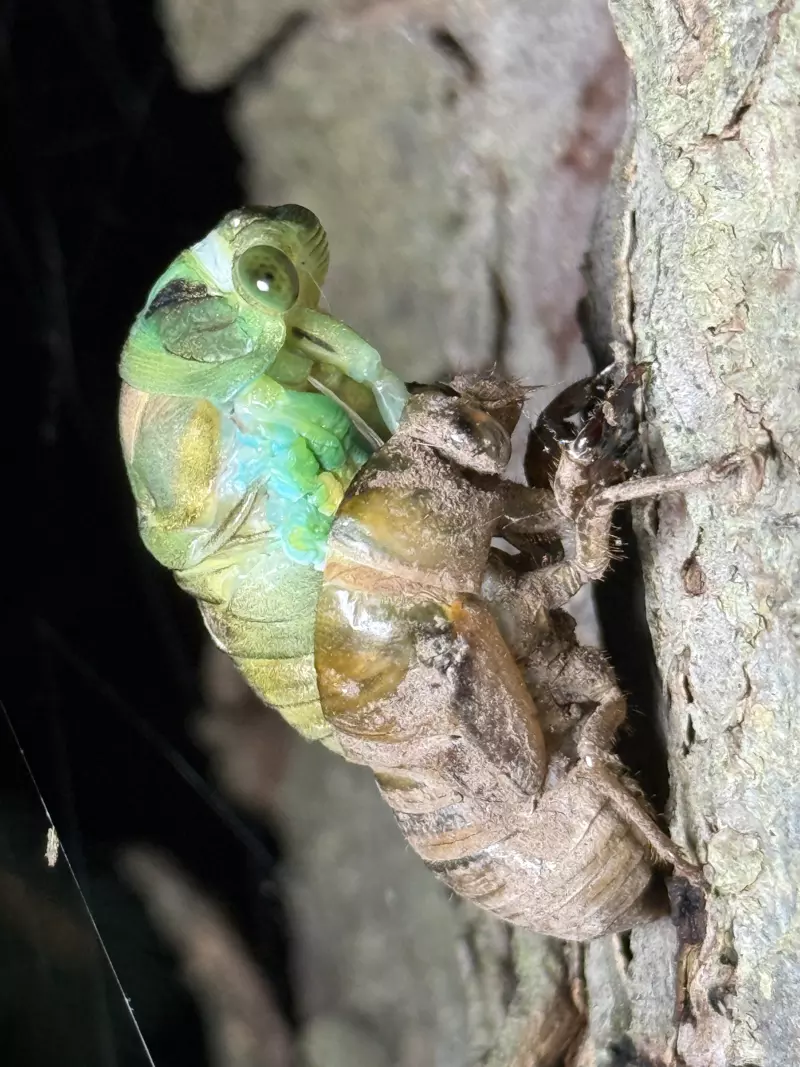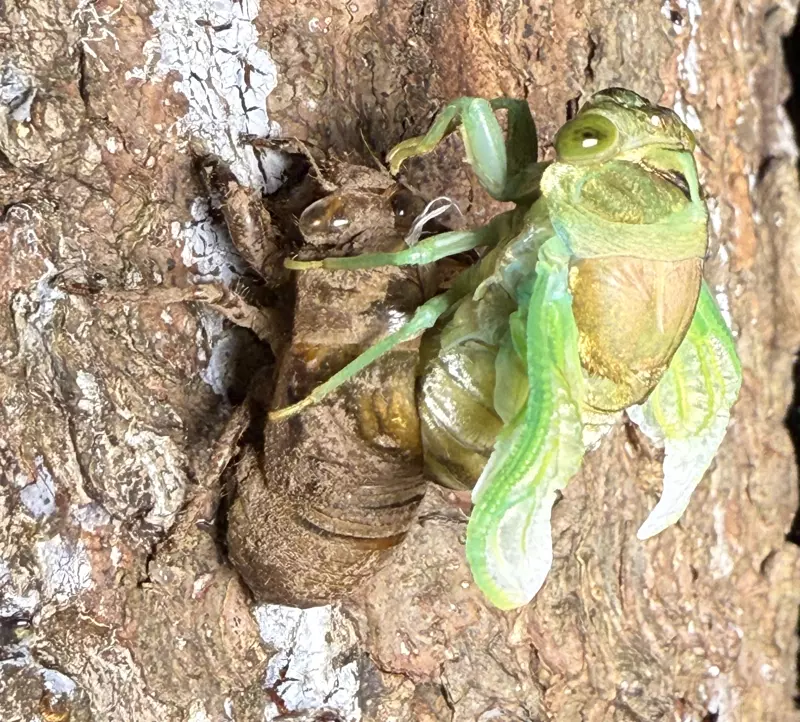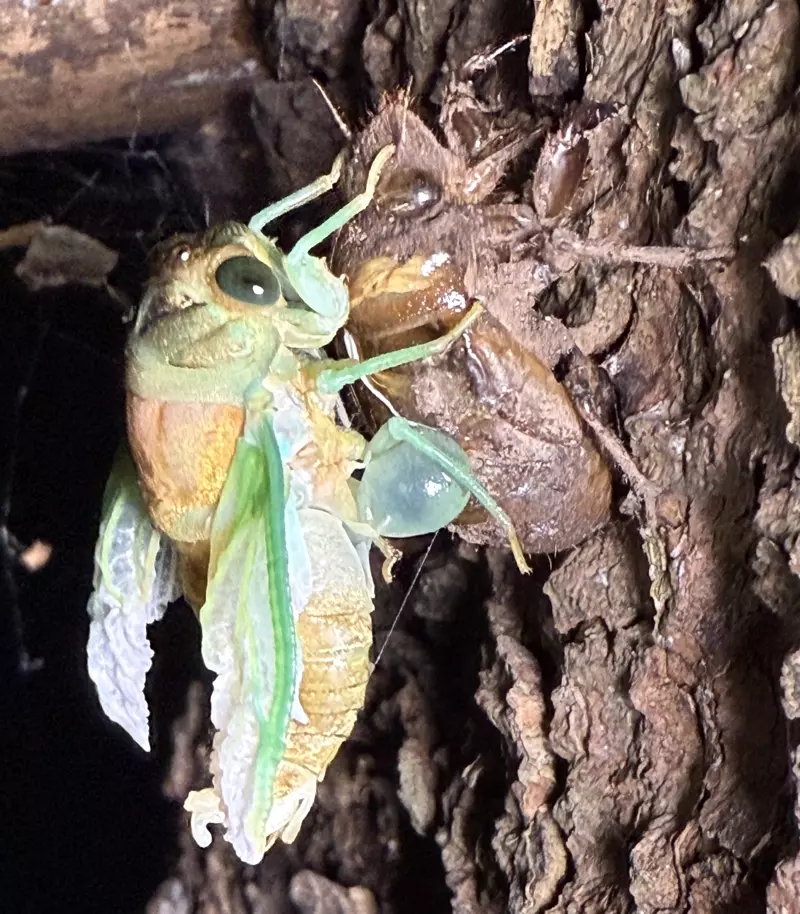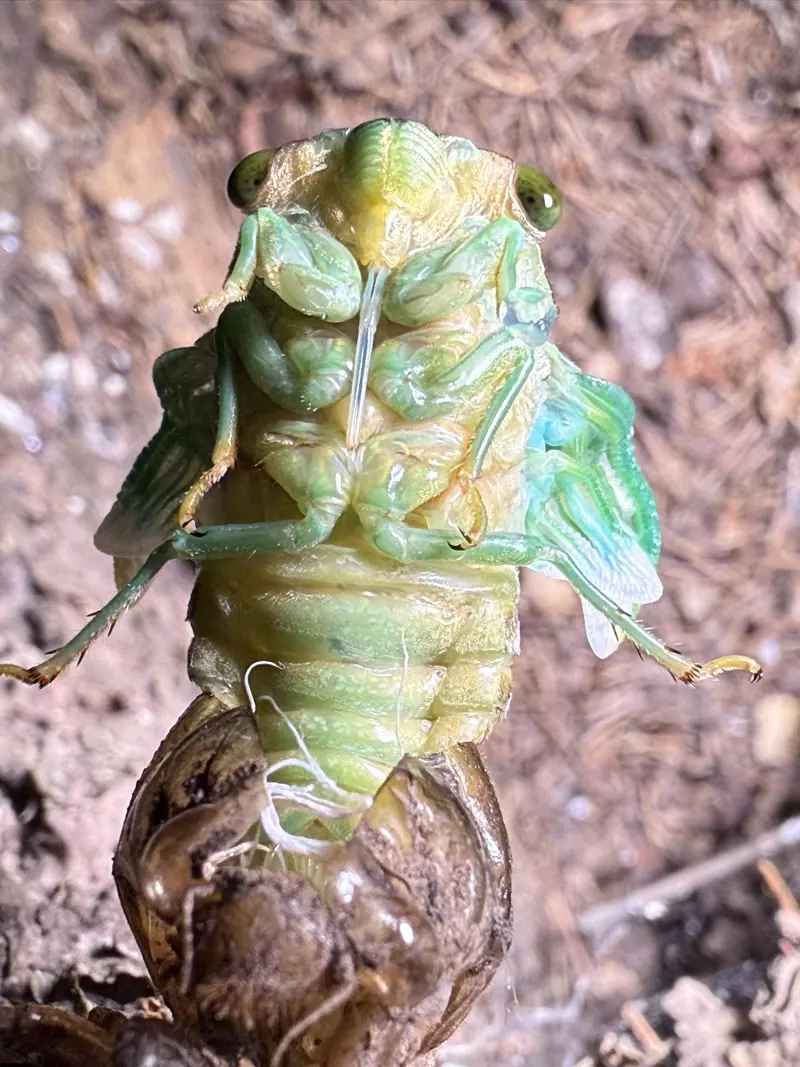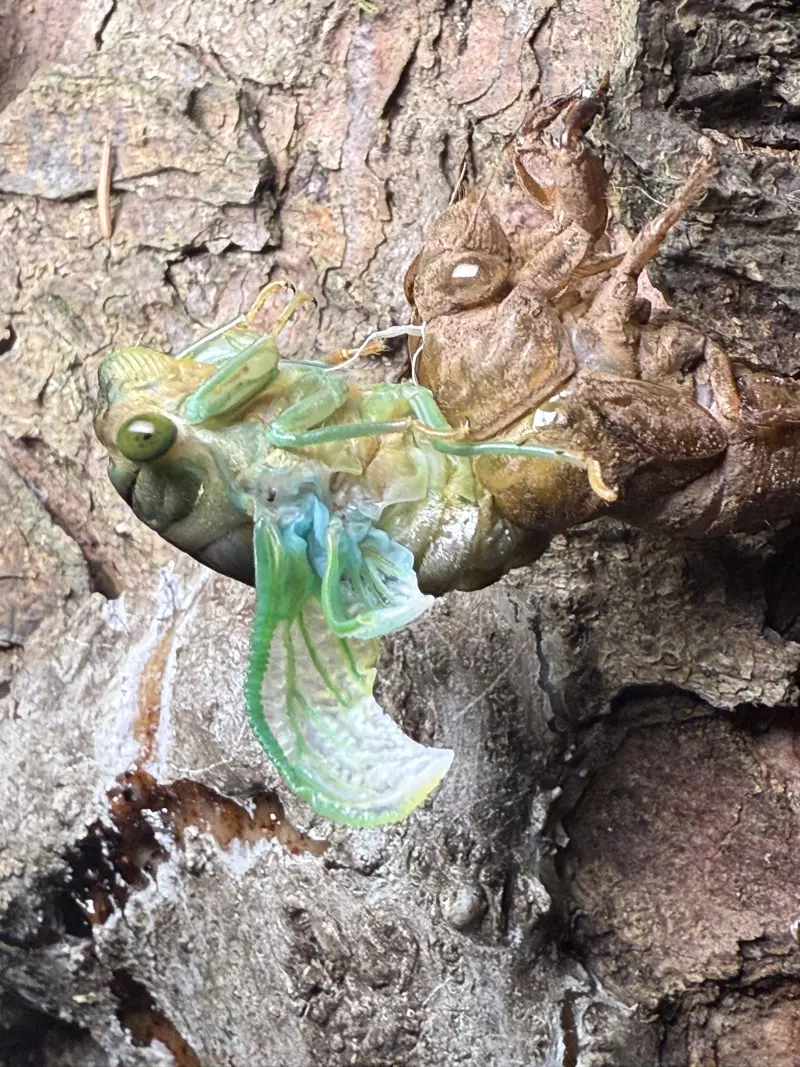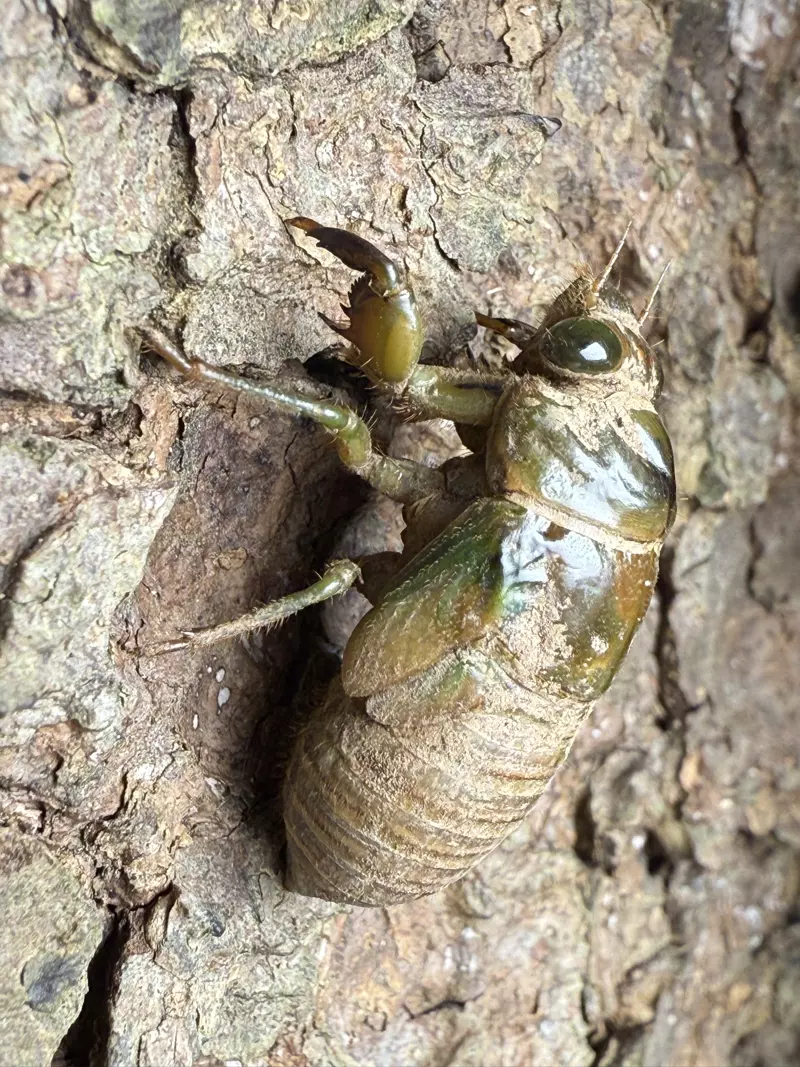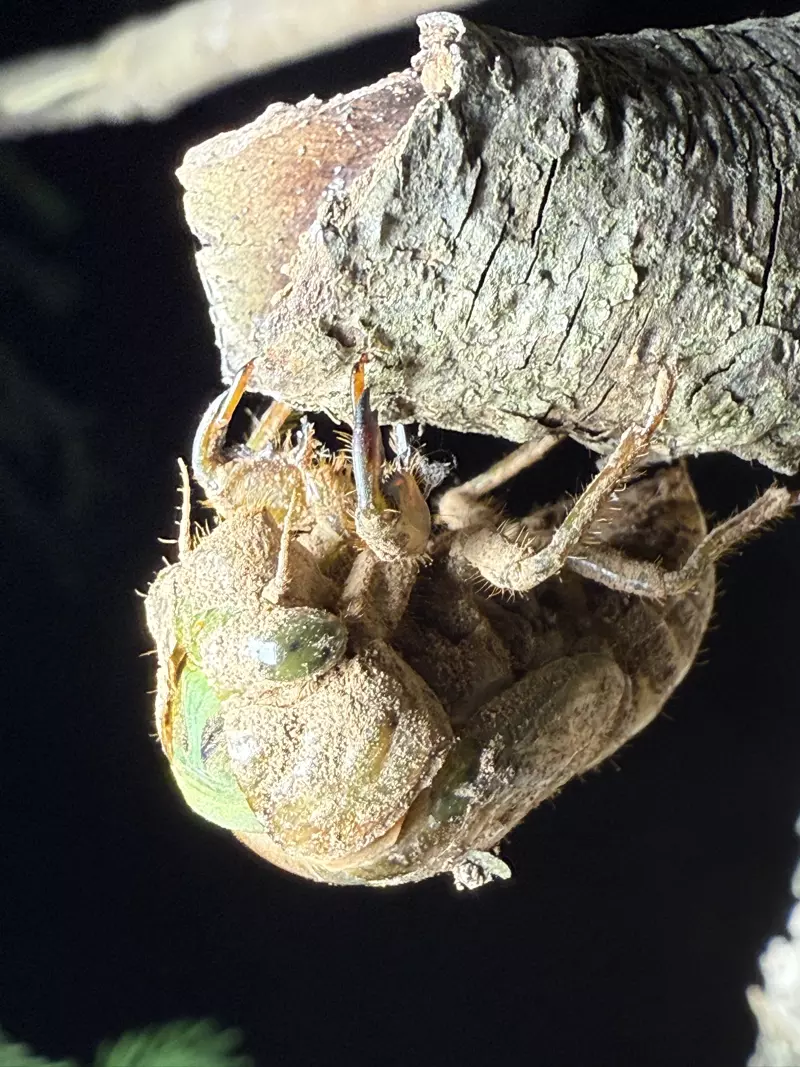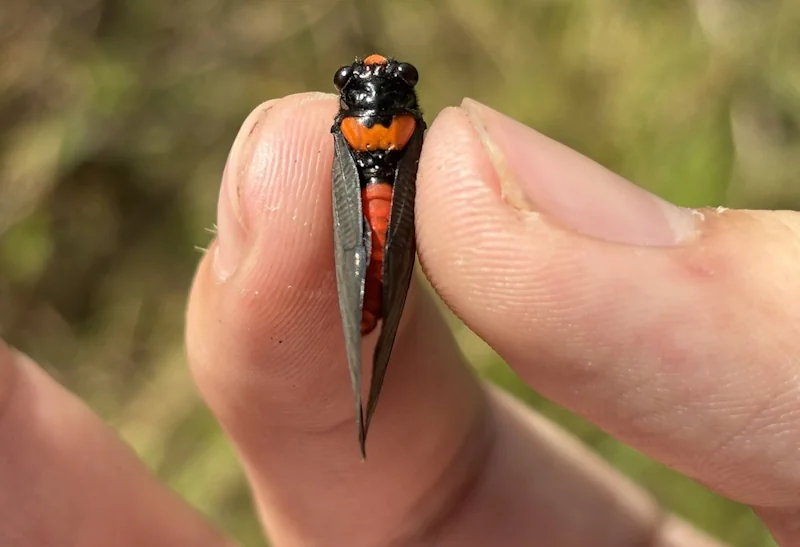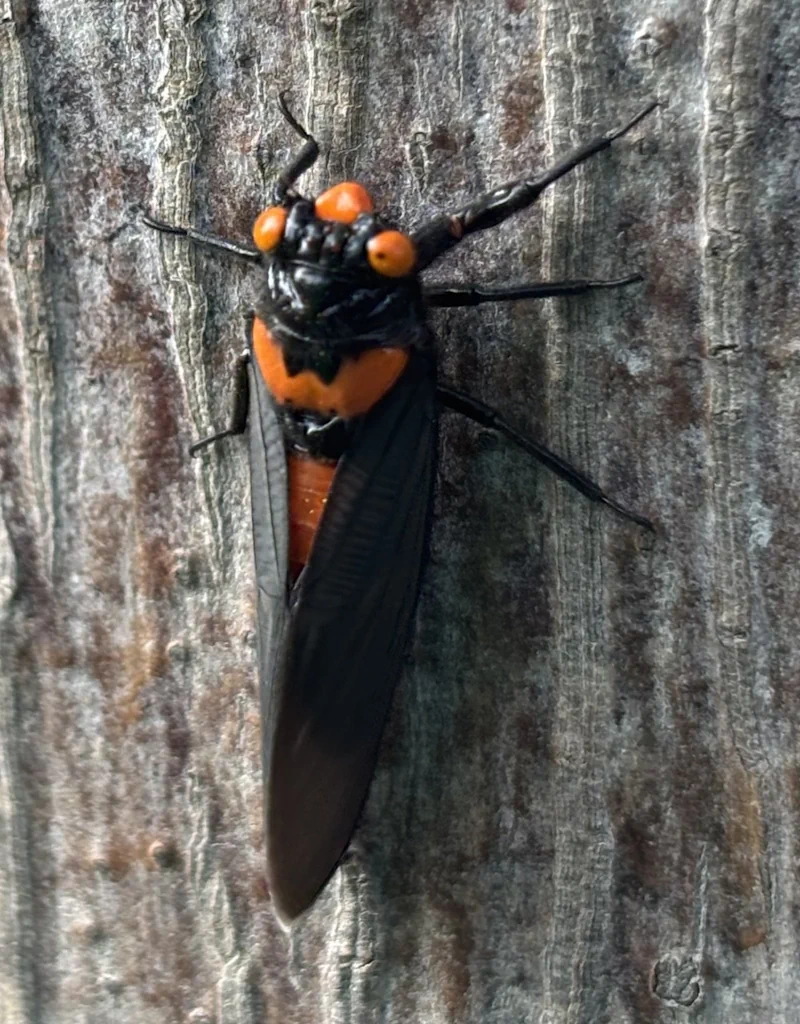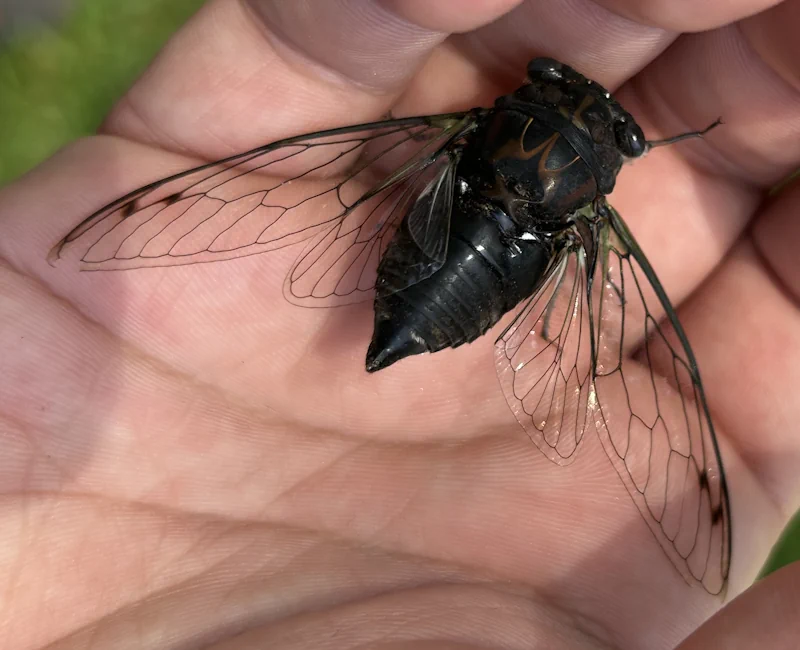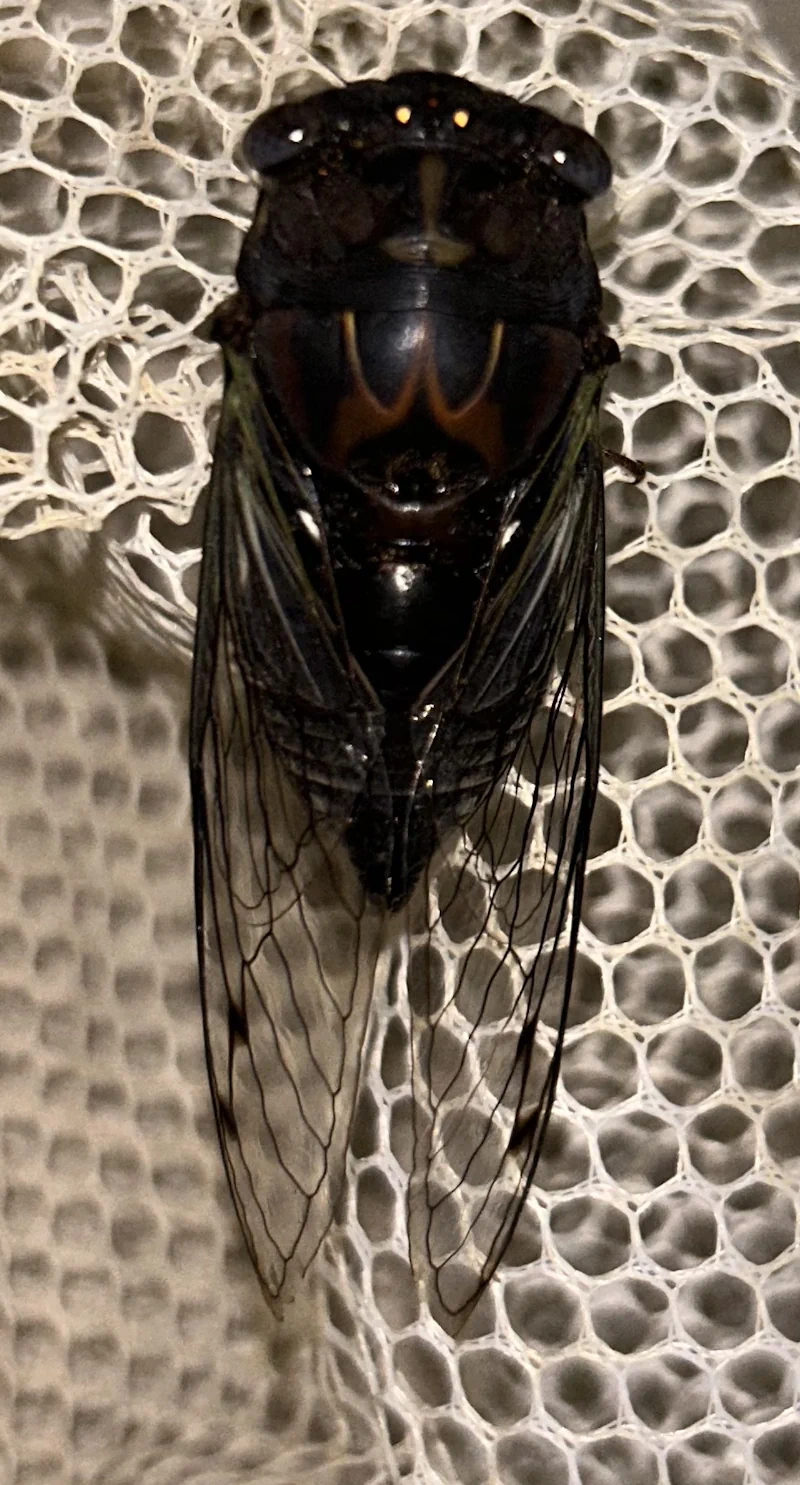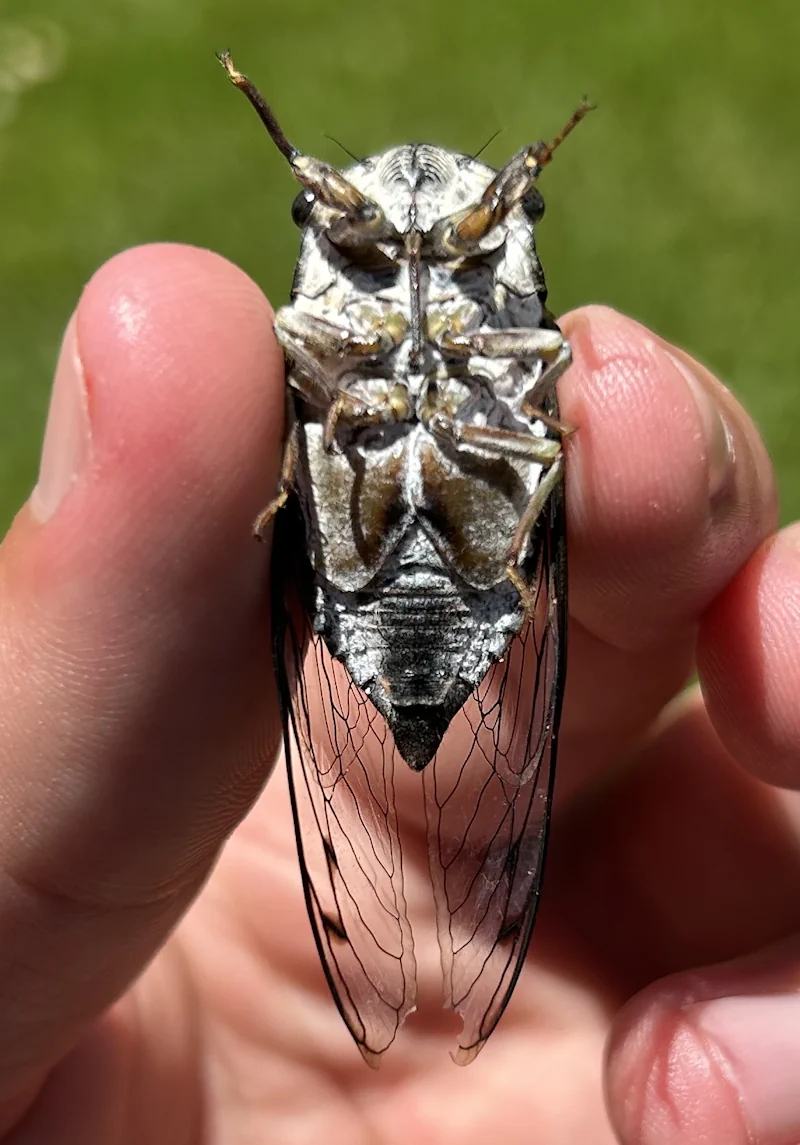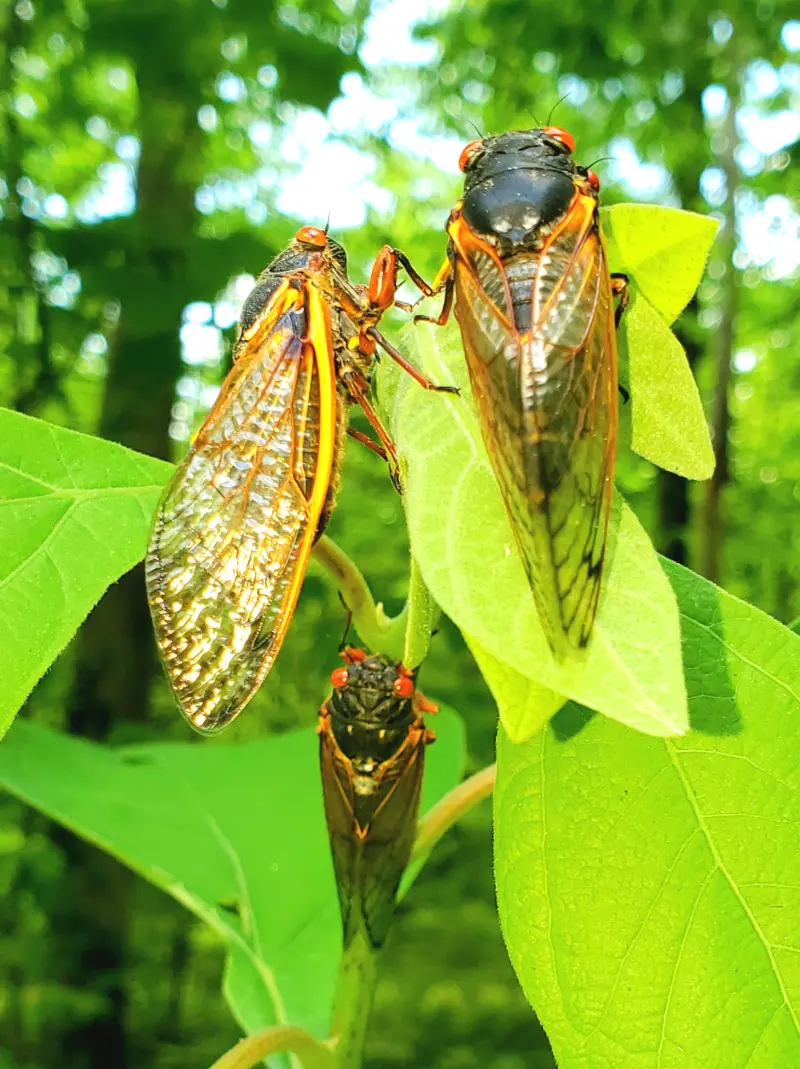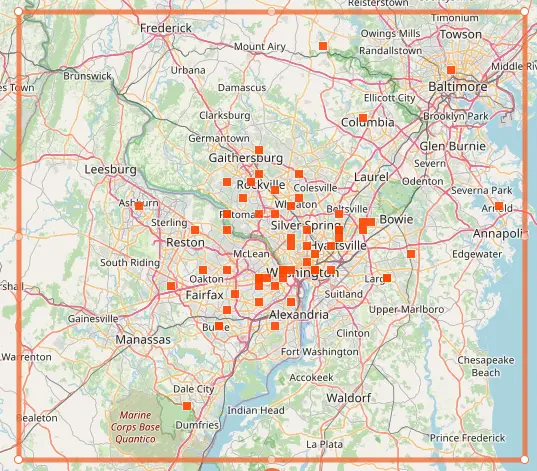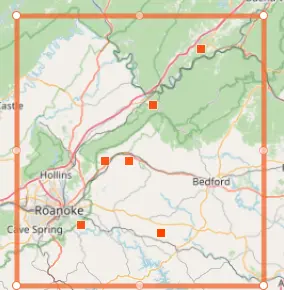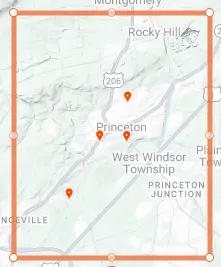This is a list of research publications about cicadas in 2025. It is a work in progress.
November
A new species and the revised species status of cicadas of the genus of Dorachosa Distant, 1892 from Mexico (Hemiptera: Cicadidae: Cicadettinae: Carinetini)
Highlight: “Dorachosa mesomexicana sp. nov. is described.”
Authors: Allen F. Sanborn
Publication information: Journal of Insect Biodiversity. VOL. 71 NO. 2: 6 NOV. 2025. 10.12976/JIB/2025.71.2.2
Link: mapress.com
Phylogenomics and Fossilized Birth-Death Dating Reveals Gondawanan Origin and Extensive Post-Cretaceous Diversification of Worldwide Cicadidae
Highlight: “We estimated a Cretaceous origin for Cicadidae with four of the five subfamilies diversifying shortly after the K-Pg extinction event.”
Authors: Mark Stukel, Nicholas J. Matzke, Jordan Douglas, Tatiana Petersen Ruschel, Stéphane Puissant, Ben W. Price, Martin Villet, Alan R. Lemmon, Emily Moriarty Lemmon, Chris Simon
Publication information: bioRxiv 2025.11.08.687401; doi: https://doi.org/10.1101/2025.11.08.687401
Link: www.biorxiv.org
A new cicada species of the genus Psithyristria Stål (Hemiptera: Cicadidae)
Highlight: “A new species of the genus Psithyristria Stål, 1870 (Hemiptera: Cicadidae: Cicadinae: Psithyristriini), Psithyristria parapeculiaris sp. nov., is described from Santa Rosa, Luzon, Philippines.”
Author: Young June Lee.
Publication information: Journal of Insect Biology. VOL. 71 NO. 2: 6 NOV. 2025; DOI: 10.12976/JIB/2025.71.2.3
Link: mapress.com
Initially Coexisting Endosymbionts Migrate Into Different Tissues During Ontogeny of Host Cicadas
Highlight: “This study sheds light on how symbiont-host interactions shape the symbiotic organogenesis, which provides insights into adaptive evolution of specialised symbiotic organs in plant sap-feeding insects.”
Authors: Jinrui Zhou, Wenzhe Zhang, Qiong Guo, Xingyue Liu, Cong Wei
Publication information: Environmental Microbiology. Volume27, Issue11 November 2025 e70185 https://doi.org/10.1111/1462-2920.70185
Link: enviromicro-journals.onlinelibrary.wiley.com
Evaluation of Entomopathogenic Fungi against Psalmocharias alhageos (Kolenati) (Hemiptera: Cicadidae) under Laboratory and Semi-Field Conditions
Highlight: “Entomopathogenic fungi “EPF”, a class of fungi that are naturally occurring in soil and pathogenic to insects, have demonstrated potential utility against a broad spectrum of soil-dwelling pests and some non-soil-dwelling pests.”
Authors: Sajjadi, Kimia & Ghaffari, Sepideh & Rahimpour, Mehrdad & Stelinski, Lukasz & Butt, Tariq & Karimi, Javad
Publication Information: Egyptian Journal of Biological Pest Control. 35.
Link: www.researchgate.net
October
Two new genera of Aolina (Dundubiini), with a key to the genera of the subtribe (Hemiptera: Cicadidae)
Highlight: “Two new cicada genera from the Eastern Palearctic and Oriental Regions, Sinfonia gen. nov. and Streeyola gen. nov., are erected in the subtribe Aolina Boulard, 2012 (tribe Dundubiini Distant, 1905), with the designations of Dundubia opalifera Walker, 1850 and Cosmopsaltria mongolica Distant, 1881 as the respective type species.”
Authors: Young June Lee
Publication Information: Fragmenta Entomologica 57(2):149-158
Link: researchgate.net
September
First record of Eopycna concinna (Cicadidae: Cicadinae) from China
Highlight: “This study reports the first documented occurrence of E. concinna in China, significantly extending its known distribution range northward.”
Authors: Ke-Yi Duan, Zhong-Hong Fu, Fei Lu, Chuan-Hui Yi & Qiu-Ju He
Publication Information: Scientific Reports volume 15, Article number: 12826 (2025)
Link: www.tandfonline.com
August
Cicada as a food for mammals: a global review and implications for mammal behaviour and populations
Highlight: “Here, I summarize the published literature on cicada consumption by mammals worldwide and review the ecological roles of cicadas in the behavior, population, and community of mammals.”
Authors: Kanzi M. Tomita
Publication information: Wildlife Biology e01496. https://doi.org/10.1002/wlb3.01496
Link: nsojournals.onlinelibrary.wiley.com
Early stragglers of periodical cicadas (Hemiptera: Cicadidae) found in Louisiana
Highlight: “However, it is strongly suspected that the observed cicadas were early stragglers of Broods XXII and XXIII (Magicicada spp.).”
Authors: Colin A. R. Bonser, C. Wood Johnson and Christopher E. Carlton
Publication information: Florida Entomologist, vol. 108, no. 1, 2025, pp. 20240066. https://doi.org/10.1515/flaent-2024-0066
Link: www.degruyterbrill.com
See all Straggler, Brood XXII and Brood XXIII posts on this site.
June
First record of the genus Lemuriana Distant, 1905 (Hemiptera, Cicadidae, Lamotialnini) from Kerala, India
Highlights: “The cicada Lemuriana apicalis (Germar, 1830) (Hemiptera, Cicadidae, Lamotialnini) is reported for the first time from Kerala, India”.
Authors: A. Anjana, K. T. Teji.
Publication information: Lamotialnini) from Kerala, India. ENTOMON, 50(2), 219–224. https://doi.org/10.33307/entomon.v50i2.1472
Link: entomon.in
May
New genera and species of cicadas from arid Australia (Hemiptera: Cicadoidea: Cicadidae)
Highlight: “Five new genera and 12 new species are described from arid regions of Western Australia, Northern Territory, South Australia and New South Wales”.
Author: Moulds, M.S., David C. Marshall.
Publication information: Megataxa. VOL. 17 NO. 1: 13 JUN. 2025. DOI: 10.11646/MEGATAXA.17.1.1
Link: mapress.com
April
Phylogeny, biogeography, and diversification of the cicada Pomponia linearis and its allies (Hemiptera: Cicadidae)
Highlights: “This study improves understanding of the diversification, phylogeny, and dispersal history of cicadas in Eastern Asia.”
Author: Jiali Wang, Masami Hayashi, Cong Wei
Publication information: Zoological Journal of the Linnean Society, Volume 203, Issue 4, April 2025, zlaf019, https://doi.org/10.1093/zoolinnean/zlaf019
Link: academic.oup.com
ECOSoundSet: a finely annotated dataset for the automated acoustic identification of Orthoptera and Cicadidae in North, Central and temperate Western Europe
Highlights: “10,653 recordings of 200 orthopteran and 24 cicada species”.
Authors: David Funosas, Elodie Massol, Yves Bas, Svenja Schmidt, Dominik Arend, Alexander Gebhard, Luc Barbaro, Sebastian König, Rafael Carbonell Font, David Sannier, Fernand Deroussen, Jérôme Sueur, Christian Roesti, Tomi Trilar, Wolfgang Forstmeier, Lucas Roger, Eloïsa Matheu, Piotr Guzik, Julien Barataud, Laurent Pelozuelo, Stéphane Puissant, Sandra Mueller, Björn Schuller, Jose M. Montoya, Andreas Triantafyllopoulos, Maxime Cauchoix
Publication information: https://doi.org/10.48550/arXiv.2504.20776
Link: arxiv.org
Sounds from the Eocene: the first singing cicada from the Messel Pit, Germany
Highlights: “In this study, we report the first fossil record of the Platypleurini from the Eocene Messel Pit: a new genus and species, Eoplatypleura messelensis”
Authors: Hui Jiang, Maxwell S. Moulds, Stephan M. Blank, Jes Rust & Sonja Wedmann
Publication information: Scientific Reports volume 15, Article number: 12826 (2025)
Link: www.nature.com
See all Platypleurini posts and photos on this site.
March
Aide à l’identification des exuvies de cigales de France métropolitaine (Hemiptera, Cicadidae)
Highlights: “This article is a contribution to the study of cicadas in mainland France, which aims to enable a specific determination using the exuviae.”
Author: Maxime Bellifa
Publication information: Bulletin de la Société entomologique de France, 130 (1) : 69-82. https://doi.
org/10.32475/bsef_2360
Link: lasef.org
First record of the genus Cochleopsaltria Pham & Constant (Hemiptera, Cicadidae, Cicadinae) from China, with a description of the second species
Highlights: “First record of the genus Cochleopsaltria from China.”
Authors: Cheng-Bin Wang, Zhi-Jian Liu
Publication information: ZooKeys 1230: 335-346. https://doi.org/10.3897/zookeys.1230.144099
Link: zookeys.pensoft.net
`
February
Phylogeny, diversification and biogeography of charming moth-like cicadas in the tribe Gaeanini Distant (Hemiptera, Cicadidae)
Highlights: “This study presents the first comprehensive phylogeny of Gaeanini based on molecular data of cicadas and genomic data from their obligate endosymbiont Candidatus Karelsulcia muelleri (hereafter Karelsulcia).”
Authors: Jiali Wang, Jinrui Zhou, Wenzhe Zhang, Cong Wei
Publication information: Royal Entomological Society. First published: 28 February 2025 https://doi.org/10.1111/syen.12676.
Link: resjournals.onlinelibrary.wiley.com
See all Gaeanini posts and photos on this site.
